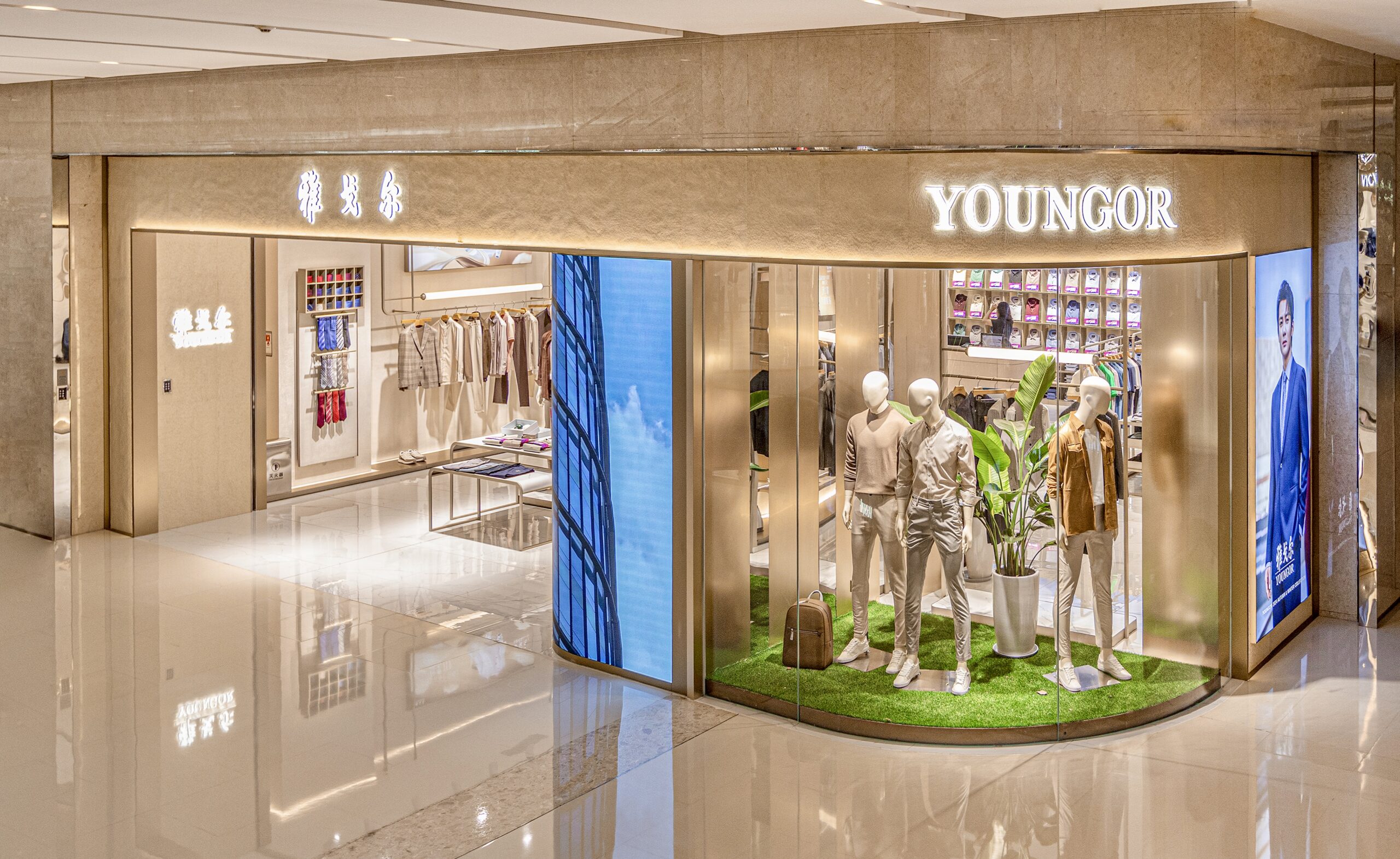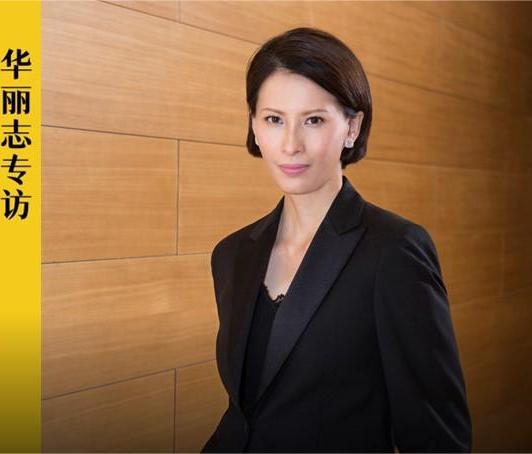On December 17, 2024, the 2024 China Silk Conference convened in Jiangbei District, Chongqing, alongside the launch of the China (Chongqing) Silk Fashion Consumption Festival, which will run until December 22. This event is part of the Ministry of Commerce’s “International Silk Consumption Season” series.
Luxe.CO participated deeply in this significant annual event for the first time, engaging in multidimensional discussions with industry organizations, supply chain entities, and brand enterprises. Through its on-site presence, Luxe.CO explored the current development and strategic plans of China’s silk industry while experiencing the rich heritage and innovation of silk culture, as well as the solid foundation and unique position of Chongqing’s silk industry.
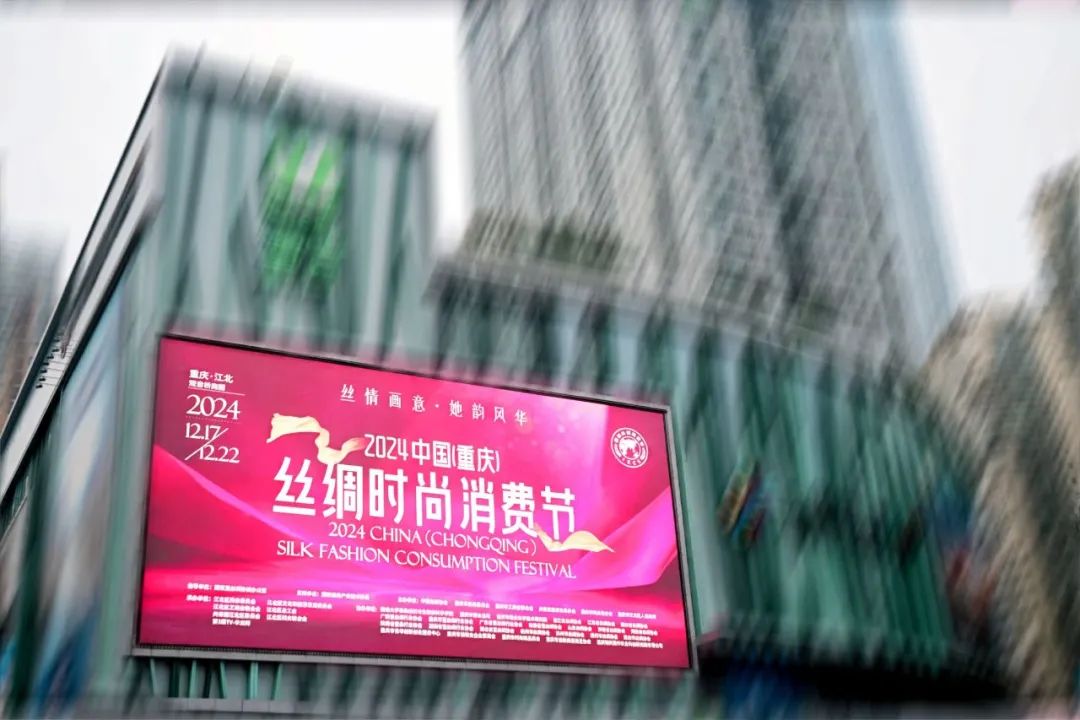
Positive Industry Trends: Silk Consumption Heats Up
The 2024 China Silk Conference was hosted by the China Silk Association and the Chongqing Municipal Commission of Commerce. Over 200 representatives from national government departments, industry associations, research institutions, silk enterprises, and related media attended the conference to discuss the path of innovative development for the silk industry.
Geng Hongzhou, a first-class inspector of the Department of Market Operation and Consumption Promotion at the Ministry of Commerce (National Cocoon and Silk Coordination Office), presented the latest report on the national cocoon and silk industry, offering an encouraging set of data:
- In recent years, the annual production of mulberry cocoons, raw silk, and silk fabrics has stabilized at approximately 740,000 tons, 46,000 tons, and 320 million meters, respectively.
- Enterprises above designated size have maintained an annual average operating income and profit of CNY 62.4 billion (approximately USD 8.55 billion) and CNY 2.6 billion (approximately USD 356 million). Annual exports of silk products amount to USD 1.5 billion, having nearly recovered to pre-pandemic levels.
- During the first three quarters of 2024, monitoring of sample enterprises showed that over half reported steady or increasing production of cocoons, raw silk, silk fabrics, silk quilts, and apparel.
- The sales revenue of 50 sample enterprises reached CNY 3.395 billion (approximately USD 465 million), representing a 7% year-on-year growth, signaling a warming trend in silk consumption.
Luxe.CO observed that the Chinese silk industry targeting mid-to-high-end markets continues to exhibit remarkable resilience. Tang Lin, President of the China Silk Association, also shared positive data. According to the National Bureau of Statistics, from January to October this year, production of raw silk, silk fabrics, and silk quilts grew by 11.9%, 5.13%, and 32.53% year-on-year, respectively. The revenue and profit of enterprises above designated size rose by 8.14% and 36.58%, respectively.
Tang Lin also highlighted challenges facing the industry: “Silk enterprises are likely to face continued pressures in the coming year, including high raw material costs, lower-than-expected domestic and international orders, and significant inventory challenges.”

Technology Empowers Innovation in the Ancient Silk Industry
To overcome challenges, collaboration among stakeholders in the silk industry is essential to identify breakthroughs.
At this year’s conference, Luxe.CO witnessed numerous technological innovations that are driving transformation in this ancient industry with modern technology.
Dai Fangyin, Chief Scientist of the National Sericulture Technology System and President of the China Society of Sericulture, led his team to create the world’s first comprehensive super pan-genome map of the silkworm in 2022. This digital gene library positions China at the forefront of silkworm genetic research. Subsequent research into silkworm breeding applications represents upstream innovation, providing a solid foundation for the industry’s development.
Tu Hongyan, Chairman of Hangzhou Wensli and Vice President of the Silk Association, shared how Wensli uses artificial intelligence (AI) to revolutionize silk productivity. As Wensli approaches its 50th anniversary next year, the company has spent the past decade pursuing technological innovation. It has established an AI-driven process from design to production and marketing, significantly enhancing production efficiency and enabling personalized customization.
Wensli’s independently developed waterless dyeing equipment can produce a silk fabric in just 40 minutes without the need for water washing, addressing the textile industry’s dual challenges of severe pollution and inventory backlogs.
“Whether on the production or marketing side, leveraging AI is something every entrepreneur must consider,” said Tu Hongyan. “We must think beyond silk to innovate silk as a medium.”
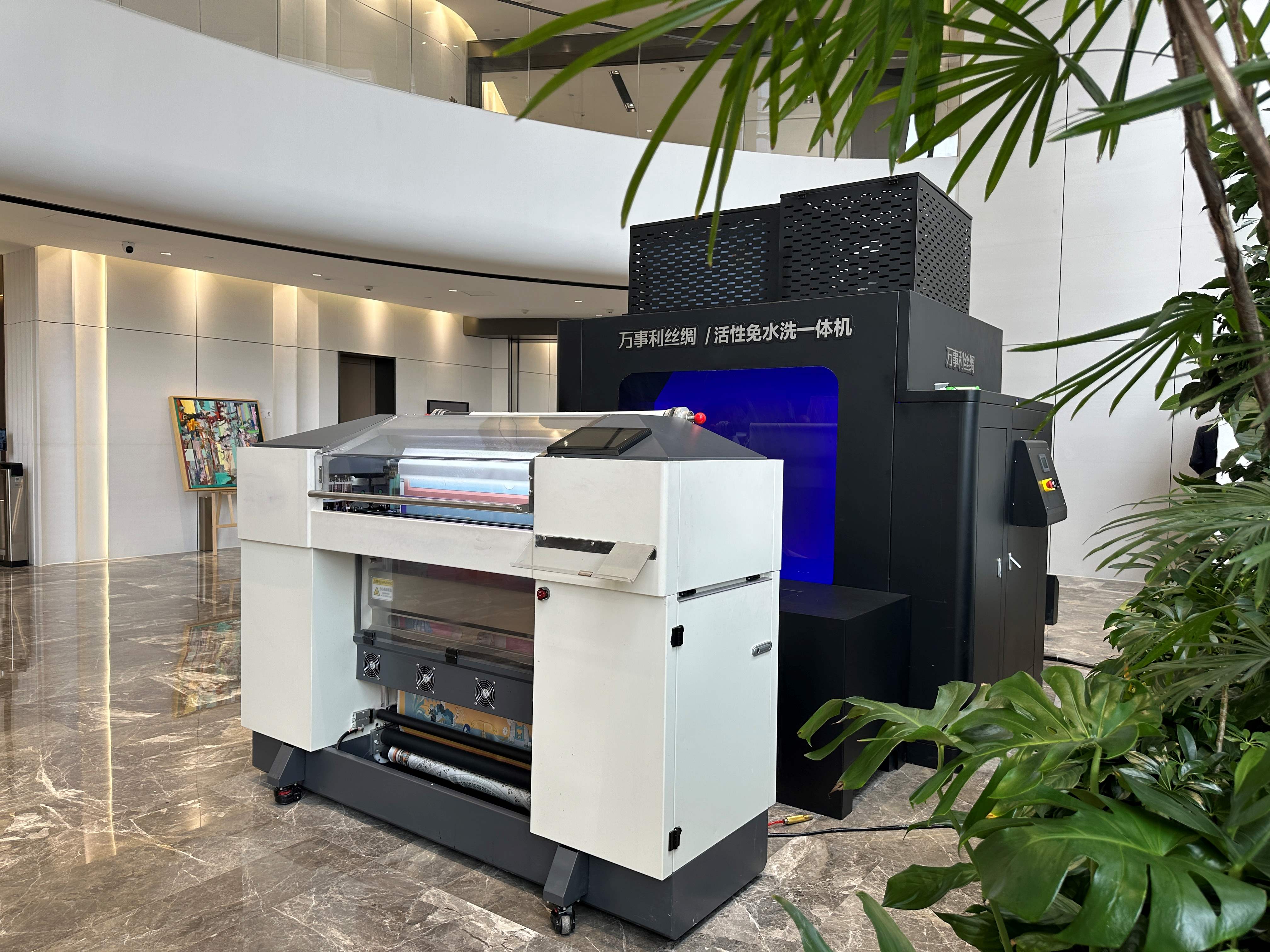
Above: Wensli’s waterless dyeing machine
Yu Jinjian, Chairman of Suzhou Huajia Group, also shared insights into the company’s digital transformation. Tools such as consumer profiling, personalized customization to tackle inventory issues, AI-assisted design, and live-streaming have all played pivotal roles in enhancing production efficiency.
Cultural Empowerment in Strengthening Silk Brands
At the seminar, Yang Zhaohua, Vice President of the China National Textile and Apparel Council, emphasized that “the bottleneck for the textile industry lies in branding.”
This also holds true for the silk industry. For silk, the cultural heritage represents an enormous treasure trove, yet much of it remains untapped.
The increasing cultural appeal has brought attention back to the ancient art of silk weaving. Suzhou SAINTJOY has “revived” Song Brocade, pioneering the restoration of Suzhou Song Brocade production on modern advanced looms in 2012 and achieving large-scale production. In 2013, they established China’s first Song Brocade cultural exhibition center. During this consumption festival, new Chinese-style garments, national gift series bags, and accessories such as scarves, blending ancient techniques, Chinese aesthetics, and modern design, showcased the vibrant vitality of Song Brocade in Suzhou.

Above: SAINTJOY’s Song Brocade Cultural Exhibition Center
Meanwhile, another of China’s “Three Famous Brocades,” Yunjin, is also actively exploring paths to transformation. Jian Mingwei, Director of the Nanjing Yunjin Museum, stated, “We aim to create high-value, high-added-value products, empowering enterprises to thrive through the profound essence of mulberry silk and cultural heritage.”
The Nanjing Yunjin Museum has identified its contemporary role as a creator of high-end decorative art pieces. Through team restructuring, design updates, and market research, it has turned the once-struggling museum into a vibrant “brand.”
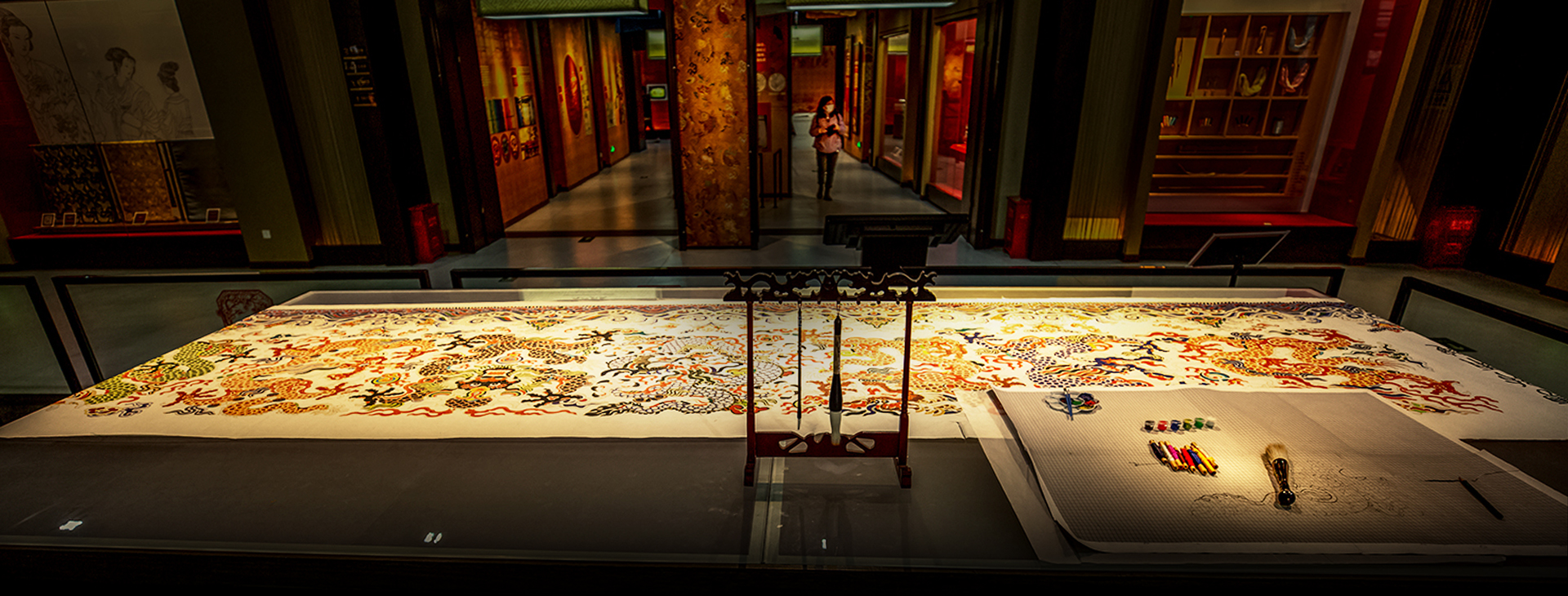
Above: Nanjing Yunjin Museum
Hangzhou Wensli’s collaboration with cultural institutions such as the Palace Museum, Zhu Bingren Bronze Art, and Liangzhu Culture represents an essential element in its transformation from a B2B to a B2C business model.
On the consumer-facing side, Sangluo, an intimate apparel brand under Suzhou Huajia Group, offers a case study: “We aim to let more women experience the healing touch of silk,” which is Sangluo’s founding philosophy. Starting from Suzhou and expanding to Guangxi Xiangzhou and Yunnan Qujing, Sangluo has established a brand legacy that promotes silk culture through its proprietary mulberry plantations.

Above: Sangluo
Chongqing: A Lively Silk Consumption Festival
The Silk Fashion Consumption Festival is hosted in the Guanyin Bridge business district of Jiangbei, Chongqing, open to the public from December 17 to 22.
Despite Chongqing’s famously foggy weather, it did not dampen the enthusiasm at the festival. The event kicked off with a spectacular silk fashion show. Thirty-eight silk enterprises from across China set up booths in the plaza to cater to diverse consumer needs, demonstrating the modernity and variety of the silk industry.
The exhibits included a wide range of products, such as fashionable silk apparel, silk quilts, and home goods. Brands like China Silk Corporation, Hangzhou Wensli, Zhejiang Qianhuang, and Suzhou Sheng Jiu Kai showcased accessories like scarves and shawls, while Sangluo displayed exquisite silk loungewear.
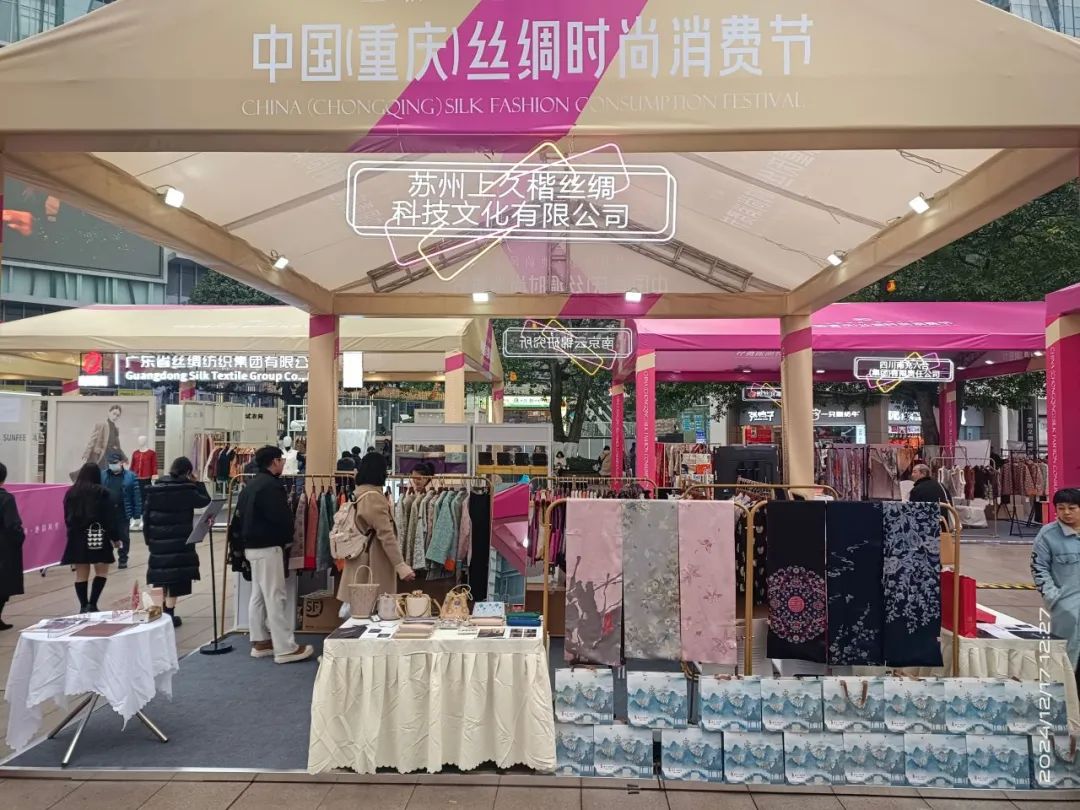
Some companies provided immersive experiences by demonstrating silk product processing on-site. For example, Sichuan Nanchong Yinhai Silk Co., Ltd. processed silk quilts live, and Luoshan Ziyan Home Textiles Co., Ltd. from Pingdingshan, Henan, showcased the weaving of tussah silk products.
From a single silkworm cocoon to luxurious silk, it is not just processing and manufacturing but also culture and aesthetics that shape silk’s allure. At the event, creative products from the Nanjing Yunjin Research Institute, live demonstrations of embroidery techniques by Sichuan Shu Embroidery inheritors, and the trending new Chinese-style clothing captivated attendees. The Song Brocade Fashion Show featuring traditional Chinese makeup and styling further highlighted the intersection of silk and culture.
At the “East Silk, West Solid” promotional session following the festival’s opening ceremony, Jiangbei District, Qianjiang District, and Wuxi County—key representatives of Chongqing’s silk industry—introduced the development status of their local silk industries.
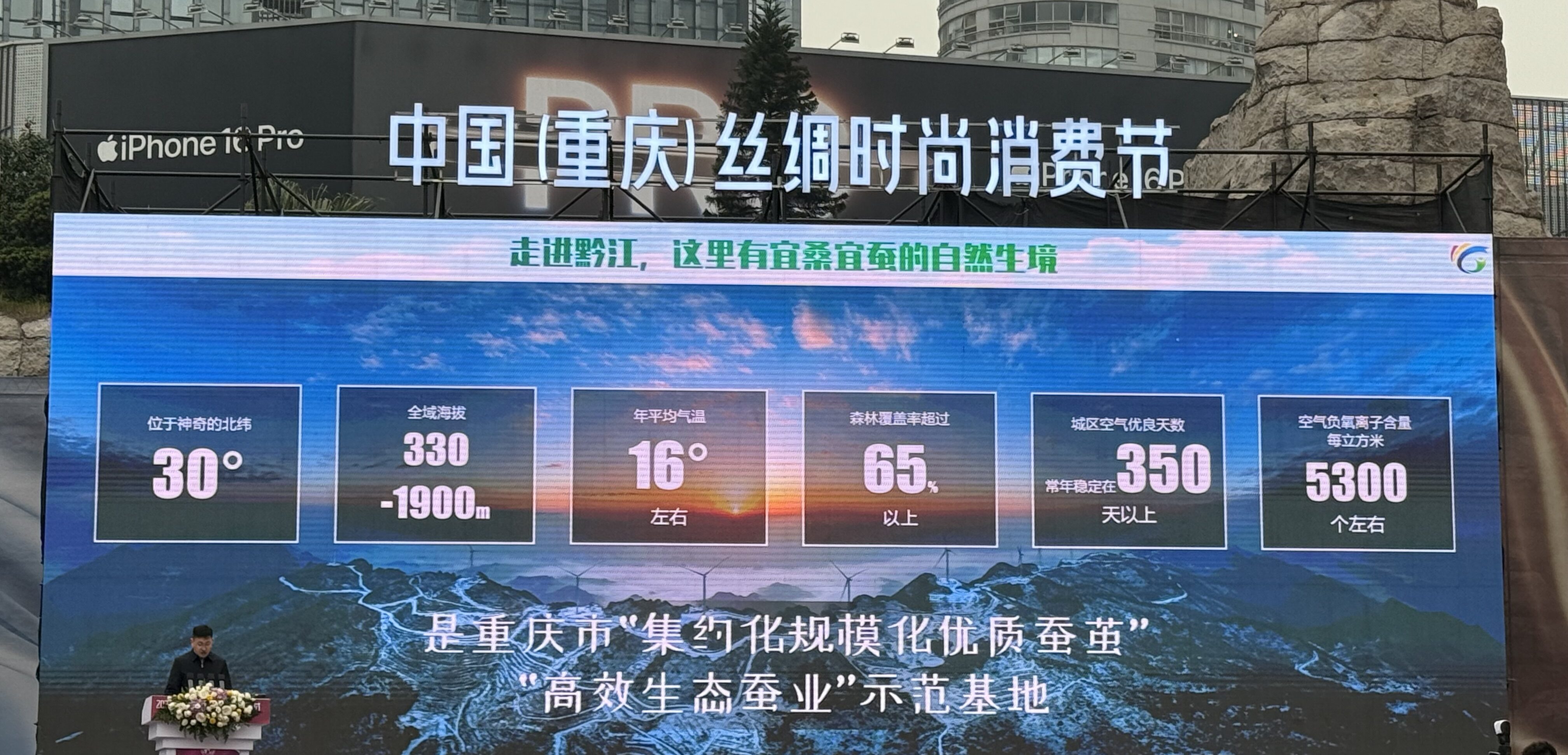
Qianjiang District, known as “China’s Mulberry and Silkworm Hometown”, has established a complete silkworm industry chain, with 95,000 acres of mulberry fields, an annual silk reeling capacity of 544 tons, and silk weaving capacity of 2.5 million meters. The district generates a total output value exceeding CNY 1.2 billion (approximately USD 164 million) and has developed two industrial clusters: cocoon silk and sericulture biotechnology. It is home to 23 enterprises.
Peng Heliang, a member of the Chongqing Municipal Commission of Commerce and its Deputy Director, highlighted Chongqing’s rich sericulture culture. Thanks to its unique geographical location, favorable soil, climate, and water conditions, Chongqing has become an ideal region for producing high-quality silk products. The city boasts 22 districts and counties with 208 towns engaged in the silkworm and silk industry. It has 600,000 acres of mulberry plantations and over 200,000 workers. The annual output includes over 2,000 tons of raw silk and 24 million meters of silk fabrics, with a total industry chain value exceeding CNY 5 billion (approximately USD 685 million). Districts like Qianjiang, Fuling, Dazu, Tongnan, Yunyang, and Fengjie have incorporated the silk industry into their ecological conservation and rural revitalization strategies as a key livelihood project.
Representatives from silk enterprises in Jiangsu and Zhejiang provinces told Luxe.CO that sericulture relies on favorable natural and policy environments. After attending the conference, they expressed interest in exploring the potential to establish sericulture and silk processing bases in Chongqing.
| Image Credits: Official brand accounts, Pixabay
| Editors: Xiaoyue, LeZhi


